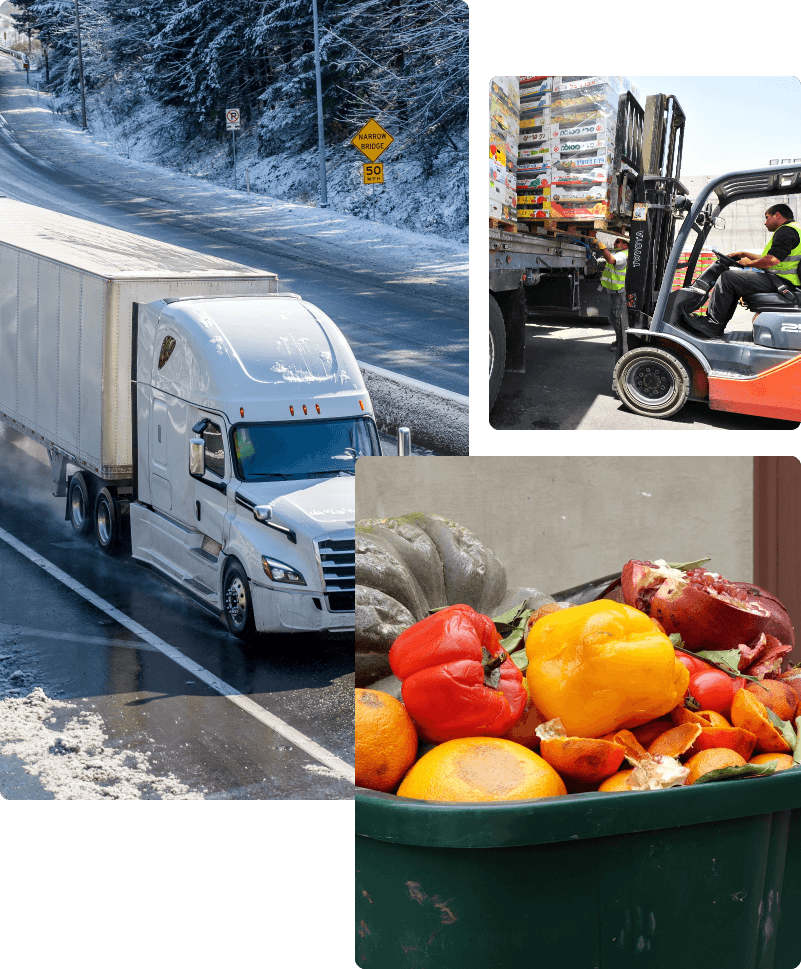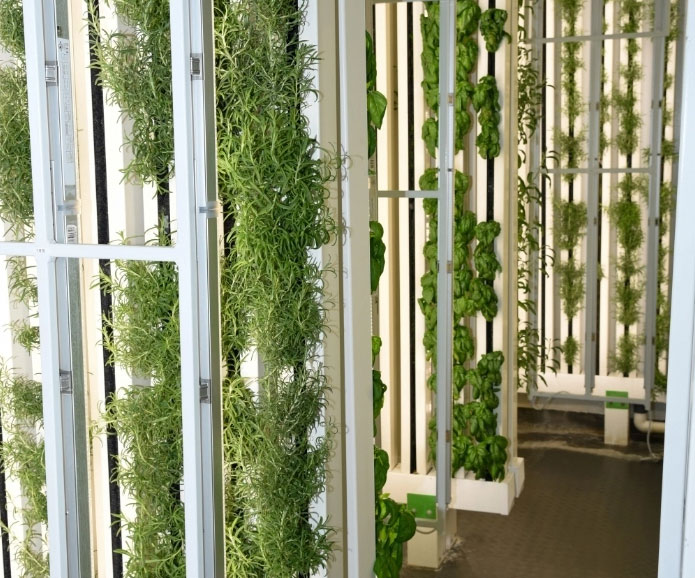Rising food insecurity is becoming one of the most urgent challenges facing North America. In the U.S., millions of households struggle to access reliable, nutritious meals. In Canada, nearly one in five people are food insecure — with rural, remote, and Indigenous communities disproportionately impacted. Climbing grocery prices, inflation, and widening income gaps continue to push more families toward crisis every year.
At the same time, the traditional food system is showing deep signs of strain. Built on centralized production, long-distance transportation, and just-in-time logistics, it leaves communities vulnerable to disruption at every stage. Droughts, floods, and wildfires are reducing harvests. Soil degradation and water scarcity are limiting future productivity. Labor shortages are compounding supply issues. And global events — including tariffs, trade wars, and armed conflict — continue to drive up input costs and create volatility in food availability.
Every meal today is tied to a fragile, global web — shaped by climate change, rising input costs, land loss, workforce challenges, and more. Communities are increasingly realizing that relying solely on this aging system is no longer viable.
In response, many regions are shifting toward localized food production. Thanks to technologies like hydroponic growing systems, smart automation, and modular farm design, it’s now possible to grow fresh food year-round in greenhouses or indoor spaces — even in urban cores, northern climates, or underserved regions. These distributed food systems bring resilience and independence, reducing reliance on imports and offering a stable, scalable path forward.
The future of food security isn’t centralized. It’s distributed, local, and rooted in innovation.

 Urbanization
Urbanization
 Land degrading
Land degrading Reliable supply chains
Reliable supply chains Ageing workforce (AVG 59 Years old)
Ageing workforce (AVG 59 Years old)
 Mother nature (pests, disease)
Mother nature (pests, disease)
 Rising input costs
Rising input costs Climate Change
Climate ChangeFood security means more than just having enough food on store shelves. It refers to the ability of people to consistently access safe, nutritious, and culturally appropriate food that supports a healthy and active life. A secure food system ensures that food is available (grown or imported in sufficient quantities), accessible (both physically and economically), utilized properly (with clean water, safe preparation, and adequate nutrition), and stable over time.
When any of these pillars are disrupted — by rising costs, environmental stress, supply chain breakdowns, or conflict — food security is compromised. As these disruptions grow more frequent across North America, local and distributed food systems are emerging as a more resilient way to ensure long-term access to healthy food.
Sufficient quantities of quality food through domestic production or imports
Adequate resources to acquire nutritious food
Reaching a state of nutritional well-being through a healthy diet
Having access to a suitable food supply at all times

Rethinking Food Distribution
To tackle food insecurity, we must also rethink how food is moved. Our current distribution system relies heavily on centralized production and long-distance transport, which creates delays, waste, and inefficiencies at every step. Highly perishable fruits and vegetables often spend days or even weeks in transit, losing nutritional value and shelf life before ever reaching the store.
In Canada, over 80% of our fresh produce is imported — much of it traveling nearly 3,000 kilometers from places like California and Mexico. This fragile system means that up to 60% of harvested crops may be lost before reaching your plate due to spoilage and handling issues.
The result? Grocery bills keep rising while quality and freshness decline — and households are forced to throw out food that spoils too soon. The solution lies in decentralizing food production and shortening the supply chain. When we grow locally, we don’t just reduce food miles — we increase resilience, reduce waste, and give communities more control over their food supply.
Connecting local farms to centralized expertise for smarter, sustainable food production
Indoor farming technology is revolutionizing how communities grow food by enabling highly efficient, year-round production in controlled environments. These hydroponic and vertical farms can be established virtually anywhere — urban rooftops, warehouses, or rural greenhouses — forming a network of distributed food hubs that bring fresh produce closer to consumers.
What truly sets modern indoor farming apart is its connectivity. Each farm is equipped with sensors, automated controls, and digital platforms that continuously collect data on climate conditions, water usage, nutrient delivery, and plant health. This data is transmitted in real-time to a centralized hub where plant scientists, agronomists, and technicians monitor performance, troubleshoot issues, and optimize growing protocols.
This connected approach creates a powerful feedback loop: insights from one farm improve practices across the network, driving efficiency and reducing waste. It also supports proactive maintenance and rapid problem resolution, minimizing crop loss and maximizing yield.
By integrating cutting-edge technology with centralized expertise, indoor farming networks deliver more than just local food — they create resilient, scalable, and sustainable food systems. These data-driven farms lower environmental impact, enhance resource use efficiency, and provide transparent reporting for stakeholders, making them an ideal solution for community food security and future-proof infrastructure projects.

